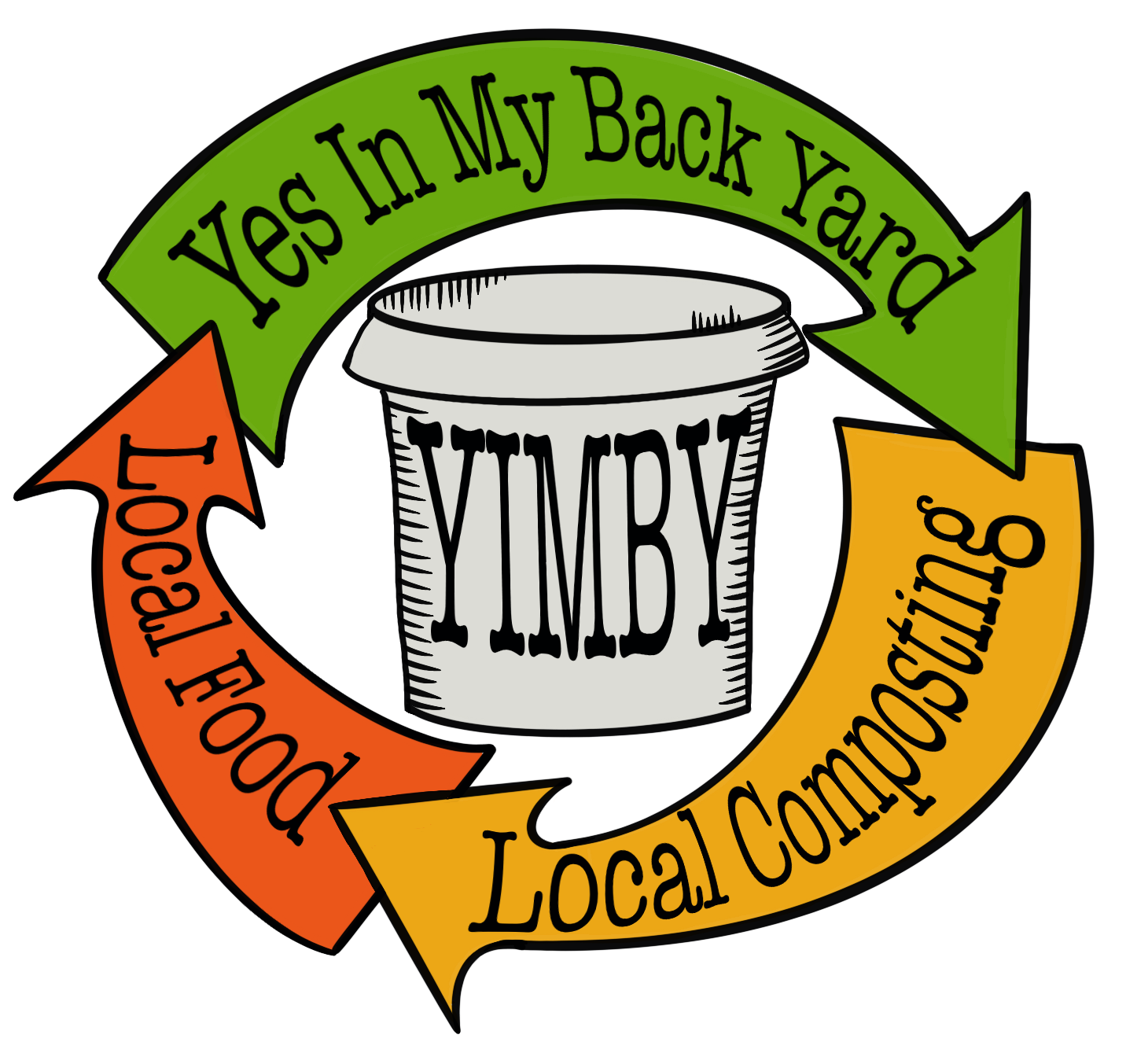SQUEEZE YA’ compost
To monitor moisture Give your compost a squeeze
This week we’ll look at how to tell if your compost is wet enough, but first, let’s just remind ourselves why the correct moisture content is so important in our compost.
The beneficial microbes that do the hard work in our piles need a thin layer of moisture to swim about on the surfaces of our compost ingredients in order to decompose them. If our compost dries out, our microbes either die or go dormant, hoping for a rainy day. Alternatively, if our compost gets too wet, the excess moisture fills the air pockets in our pile, making it go anaerobic. This selects for the wrong type of microbes, the stinky kind, and also slows down decomposition.
how do we know if our pile’s moisture levels are just right?
Grab a handful of compost (gloves on if you are a bit shy) and give it a squeeze. We are aiming for some beading of moisture between our fingers, with possibly a drop or two of water, but no more.
The best and simplest test is the ‘Squeeze Test’. Grab a handful of compost (gloves on if you are a bit shy) and give it a squeeze. We are aiming for some beading of moisture between our fingers, with possibly a drop or two of water, but no more. It should feel as wet as a wrung out sponge. This feel indicates that our moisture levels are approximately 50%, ideal conditions for our compost microbes.
So get out there and give your compost a good squeeze!
Is it dripping liquid? Too wet, time to add some dry ingredients to balance it up.
Is there no way you can squeeze a single drop out? Too dry, time for some moisture remediation; pre-soaking ingredients (see last week’s column), very gently wetting the compost as we build and adding more naturally wet ingredients to the pile.
And, over the dryer months, a good rule of thumb is, if your garden needs a water, your compost will probably need some water too. Add your compost to the watering rounds.
Moisture plays such a key role in our compost pile so we really need to keep an eye on it throughout the whole cycle of our compost making.
Next week we’ll have a look at carbon nitrogen ratios.
AUTHOR: Mikaela Beckly
Mikaela Beckly works with Yes In My Back Yard, (YIMBY), a community-scale composting initiative in Castlemaine and surrounds.
Send questions or comments to hello@yimbycompost.com

